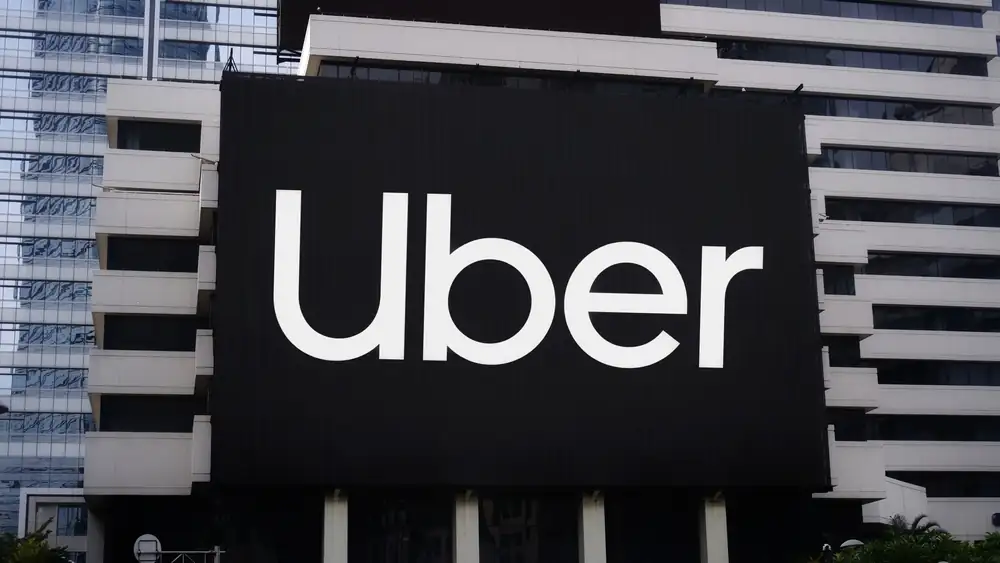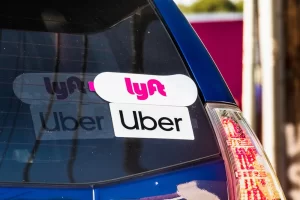The first Uber sexual assault case to go before a jury is unfolding in a California courtroom, and it could influence how hundreds of similar lawsuits are handled in the future. The case centers on an 18-year-old college student who says she was assaulted by her Uber driver in 2019 while riding to the San Jose airport.
The trial began September 8 in San Francisco and is part of a larger wave of legal action against the rideshare giant. More than 500 women have filed lawsuits in California state court, each alleging they were sexually assaulted by Uber drivers. While this trial involves only one plaintiff, it may serve as an early test of how a jury responds to allegations that Uber prioritized growth over rider safety.
In court, the plaintiff’s attorneys are arguing that Uber put profits before passenger protection. Jurors have seen internal records that suggest the company significantly undercounted the number of sexual violence incidents in its public safety reports. While Uber has reported only a limited number of categories, plaintiffs say internal data reveal tens of thousands of sexual misconduct reports annually when all categories are considered.
Uber maintains that assaults are extremely rare when compared to the more than one billion trips it provides each year. Company representatives have cited background checks and safety features as evidence that the platform is exceptionally secure. But the plaintiffs counter that Uber avoided implementing key protections, such as dashcams, audio recordings, and stronger driver verification, because of concerns that they might deter drivers or attract regulation. Instead, they argue, Uber placed the responsibility of safety onto riders.
Testimony from Uber’s former global head of safety revealed that staff had raised red flags as early as 2014 about the need for stronger safety tools. Internal emails shown to the jury document engineers calling out how the company was moving slowly on safety while scaling rapidly around the world. Executives allegedly worried that adding costly protections might signal the platform was unsafe or trigger regulatory scrutiny.
One safety feature in particular, the option for women riders to choose women drivers, was pushed by Uber’s safety team several years ago, but has only been recently introduced in a select few markets. Executives ultimately delayed the rollout, citing legal risks and concerns about public perception. The jury saw data showing that reports of sexual assault were about four times more common when female passengers were paired with male drivers. Uber approved a limited U.S. pilot of the feature in June 2024, launching in Los Angeles, San Francisco, and Detroit. Rival company Lyft introduced a similar feature the year prior.
With the plaintiff having rested her case, it is now Uber’s turn to respond. The company began its defense by calling a statistics expert, who testified that roughly 70 percent of sexual misconduct reports on the platform involve non-physical behavior, such as inappropriate comments, gestures, or leering. Still, the same expert admitted that physical sexual assault reports involving Uber drivers number in the thousands each year.
The broader question facing the jury is whether Uber knowingly downplayed sexual violence on its platform and delayed safety innovations that could have prevented harm, all in the name of protecting its bottom line.
Meanwhile, new sexual assault lawsuits continue to be filed against Uber in states like Florida and Texas. The trial currently underway in San Francisco is entirely separate from a federal multidistrict litigation (MDL) proceeding that includes more than 2,500 lawsuits. That MDL is being handled by the U.S. District Court for the Northern District of California, where the first federal bellwether trial is scheduled to begin in early 2026. An MDL consolidates similar cases in one U.S. District Court to avoid clogging the court system.
Will the proceedings in the San Francisco Superior Court sway the MDL proceeding? The outcome could influence settlement talks or trial strategy in the MDL by offering an early glimpse into how juries respond to Uber’s safety practices. Attorneys on both sides are watching closely to see if this state-level case sets a persuasive precedent.
Are You A Survivor of an Uber Driver Sexual Assault?
If you or someone you love experienced sexual assault during an Uber ride, you are not alone, and you may have legal options. To learn more about the lawsuits, your rights, and what steps to take, visit our dedicated resource page: Uber Sexual Assault Lawsuits.
You can also get a free case review by filling out the confidential, secure form below.




